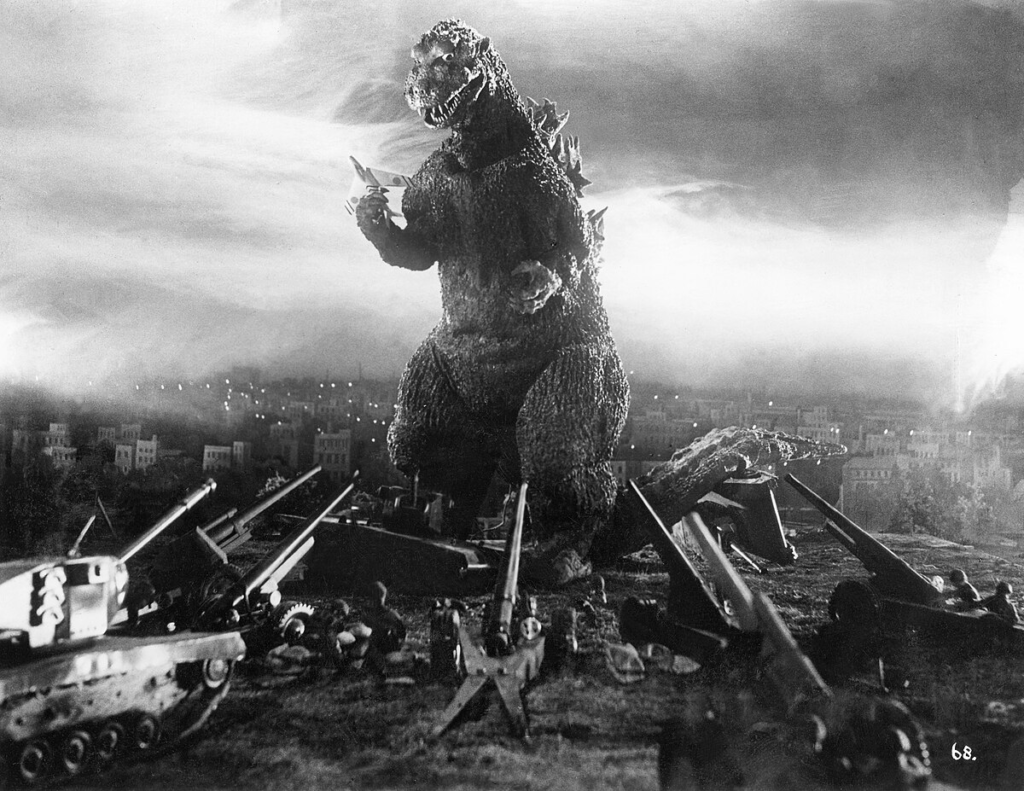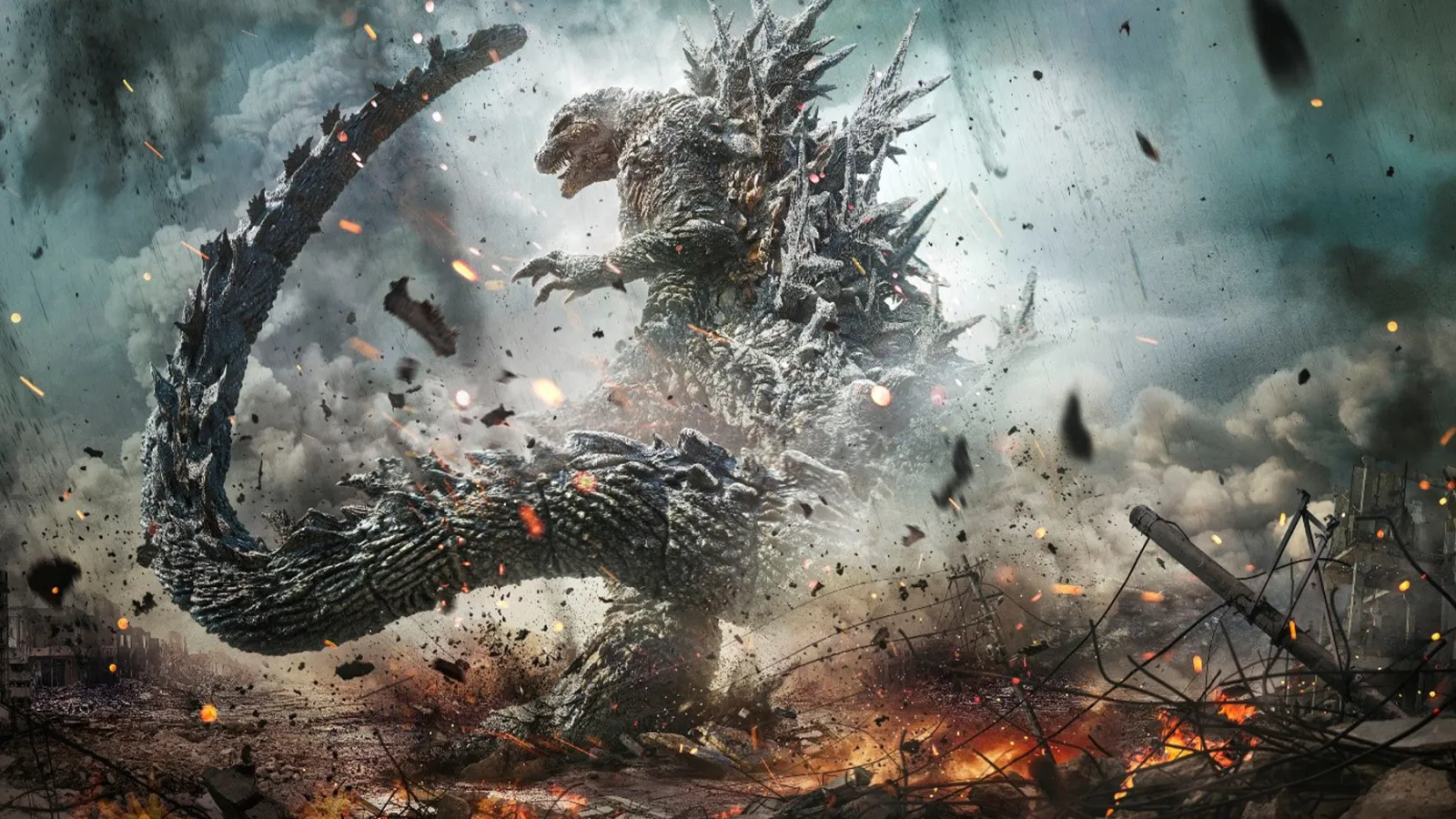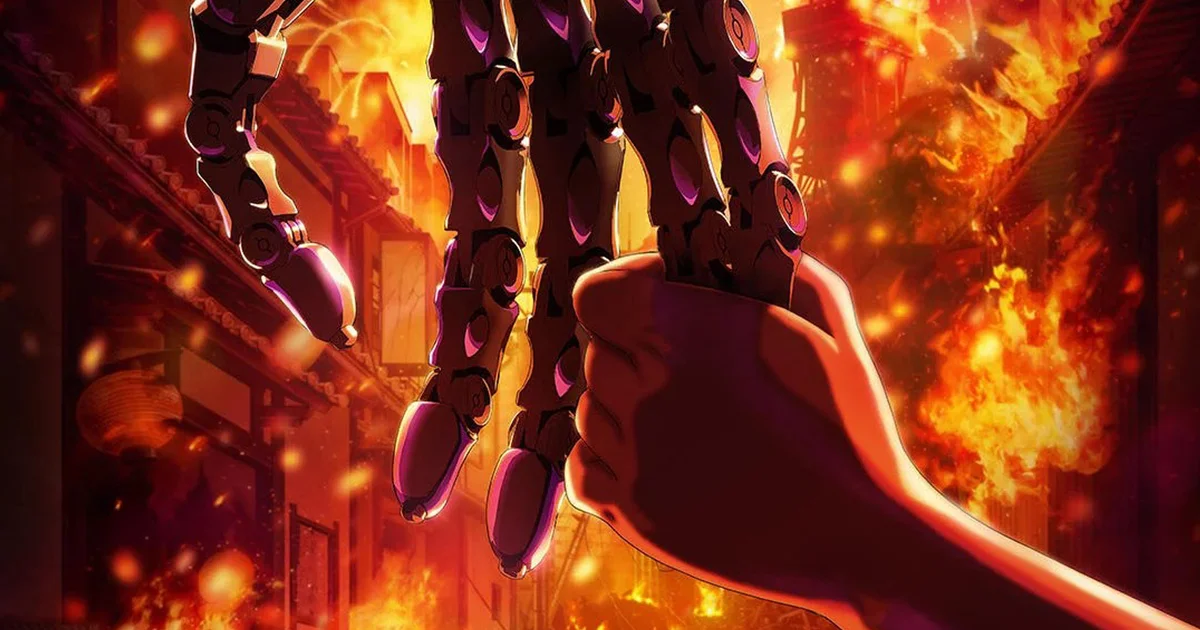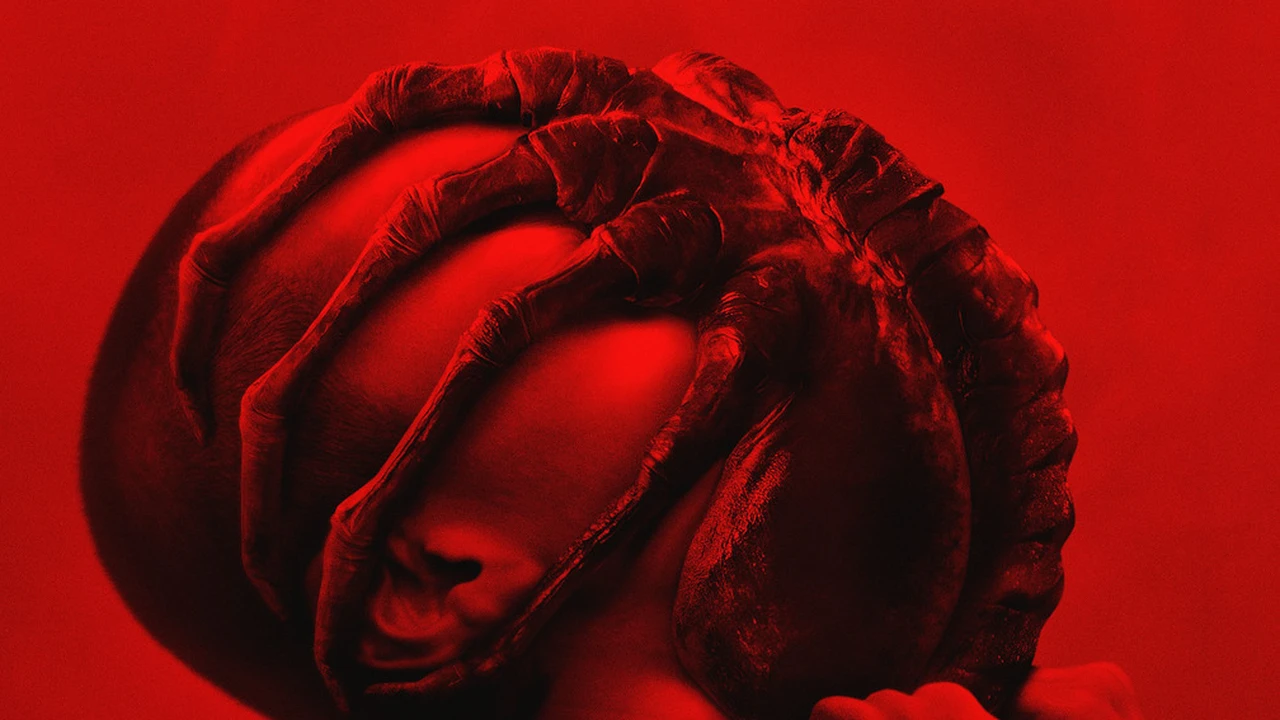In the realm of colossal creatures and city-leveling behemoths, one iconic figure has stood the test of time, towering above the rest—the mighty Godzilla. Since the release of the original film in 1954, Godzilla has not only been the reigning king of the kaiju but has become a global cultural phenomenon. This blog delves into the reasons why Godzilla is, and always will be, the undisputed monarch of the kaiju universe, exploring the legacy, symbolism, and enduring appeal that cements Godzilla’s status as the true King of the Kaiju.

Godzilla, originally known as Gojira in Japan, emerged from the depths of the Pacific Ocean in 1954 as a metaphorical embodiment of nuclear devastation. Conceived in the wake of the atomic bombings of Hiroshima and Nagasaki, Godzilla served as a powerful allegory for the consequences of nuclear weapons. The destructive force of the monster mirrored the fears and scars left by these catastrophic events, turning Godzilla into a symbol of both terror and resilience.
One of Godzilla’s defining characteristics is his ability to transcend generations. What began as a somber reflection on the horrors of nuclear war evolved into a cultural phenomenon that captured the imaginations of audiences worldwide. The longevity of Godzilla’s legacy lies in the character’s adaptability to changing societal fears and concerns.
As the world grappled with different threats over the years, Godzilla evolved from a symbol of nuclear terror to a guardian of Earth facing various adversaries, including other kaiju, alien invaders, and even the consequences of environmental negligence. This adaptability allowed Godzilla to remain relevant and resonate with new generations of fans.
Godzilla’s impact extends far beyond the realm of cinema. The character has become a symbol of Japanese popular culture, a representation of resilience and strength in the face of adversity. The kaiju’s unmistakable roar, dorsal spines, and atomic breath have become cultural touchstones, instantly recognizable to audiences around the world.
Godzilla’s symbolism also carries weight in international contexts. In the 1950s and 1960s, Godzilla films were often dubbed and re-edited for global audiences, and the character became a universal symbol of the consequences of unchecked scientific experimentation. As Godzilla faced off against various adversaries, from Mothra to King Ghidorah, the kaiju’s battles transcended borders, captivating audiences and leaving an indelible mark on the collective consciousness.

Godzilla’s design has undergone several iterations over the decades, each contributing to the character’s visual appeal and iconic status. From the menacing, dorsal-spined creature of the 1954 original to the more agile and dynamic versions seen in recent films, Godzilla’s appearance has adapted to the evolving techniques of special effects and the creative vision of filmmakers.
The design elements that make Godzilla instantly recognizable—the jagged dorsal plates, the distinctive roar, and the sheer size and bulk—remain consistent. These visual cues, coupled with advancements in filmmaking technology, have allowed Godzilla to maintain a timeless quality that resonates with audiences across different eras.
Godzilla’s presence on the silver screen has been monumental, with over 30 films produced by Toho Studios alone. The character’s cinematic journey has encompassed various genres, from allegorical horror in the original film to epic kaiju battles in later entries. Godzilla’s on-screen adventures have become a genre unto themselves, setting the standard for kaiju filmmaking and inspiring countless other monster movies.
The 2014 Hollywood reboot, “Godzilla,” directed by Gareth Edwards, reintroduced the iconic monster to a new generation of audiences. The film’s success revitalized interest in Godzilla and paved the way for a shared cinematic universe featuring other iconic kaiju, such as Mothra, Rodan, and King Ghidorah.

While the kaiju genre boasts a diverse array of colossal creatures, Godzilla’s status as the King of the Kaiju is reinforced by his numerous battles and confrontations with other iconic monsters. Whether facing off against King Ghidorah, Mechagodzilla, or even fellow kaiju-turned-ally Mothra, Godzilla’s dominance in these battles solidifies his standing as the ultimate force in the kaiju universe.
The portrayal of Godzilla as a force of nature, a protector of Earth, and a symbol of balance in the natural order enhances his regal aura. Godzilla’s battles transcend mere monster clashes; they become symbolic representations of cosmic struggles and the delicate equilibrium between order and chaos.
Godzilla’s influence permeates various facets of popular culture. The character has appeared in numerous comics, animated series, and video games, ensuring a continued presence in the lives of fans worldwide. Godzilla’s image is emblazoned on merchandise, from toys to clothing, becoming an enduring symbol that transcends its cinematic origins.
The kaiju king has also made guest appearances in unexpected places, from commercials to parodies in other forms of media. Godzilla’s ability to seamlessly integrate into different contexts while retaining his powerful presence highlights the character’s versatility and universal appeal.

As Godzilla continues to reign supreme in the kaiju kingdom, the future looks promising for the iconic monster. The success of recent films like “Godzilla: Minus One”, “Godzilla: King of the Monsters”, “Godzilla vs. Kong” and the upcoming “Godzilla vs. Kong 2” underscores the enduring fascination with these colossal creatures and their epic battles. With upcoming projects in the MonsterVerse and potential collaborations with other iconic characters, Godzilla’s legacy appears poised to evolve and expand further.
Godzilla’s timeless appeal lies in his ability to be more than just a monster; he is a symbol, a cultural touchstone, and a cinematic legend. As the King of the Kaiju, Godzilla’s reign shows no signs of waning, and audiences can eagerly anticipate the continued adventures of this colossal creature that has captivated hearts and minds for nearly seven decades. Godzilla is not merely a monster; he is an enduring force of nature, a cinematic titan, and the eternal sovereign of the kaiju universe. Long live the King!




